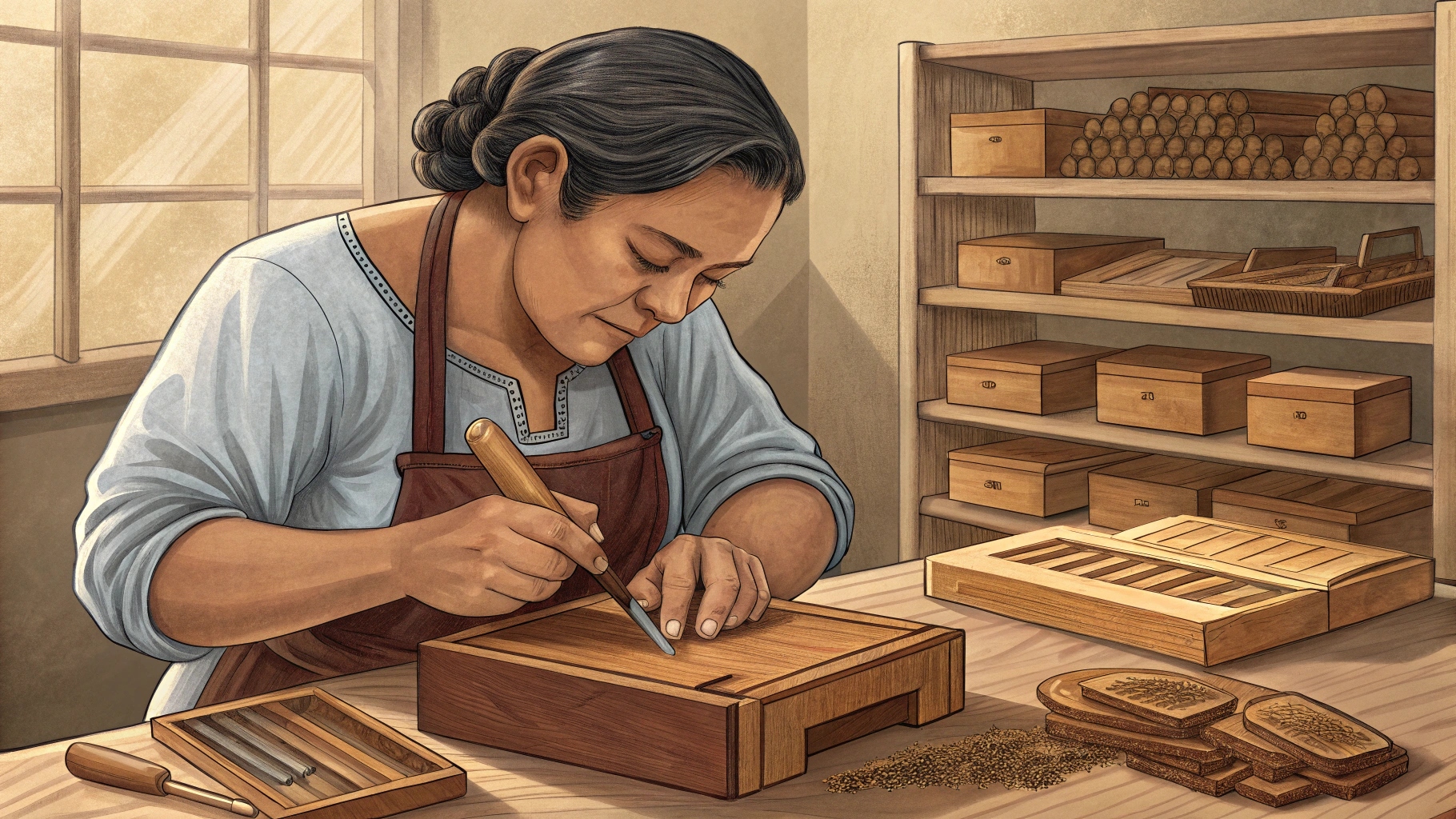Walk into any reputable cigar shop and you’ll notice a familiar sight: rows of cigars nestled neatly inside wooden boxes, most commonly made of Spanish cedar. While some cigars are available in cellophane-wrapped bundles, the cedar box has long been considered the gold standard for storing and selling premium cigars. But what makes cedar boxes so special? And why cedar specifically?
The Purpose of Cedar Boxes in Cigar Packaging
Cedar boxes serve several important functions beyond simply presenting cigars in an attractive way. Their use is a blend of tradition, chemistry, and practical benefit.
1. Aging and Flavor Enhancement
Cigars, like fine wine or cheese, continue to age and evolve after they’re rolled. Spanish cedar plays a vital role in that aging process. The wood contains natural oils and resins that interact with the tobacco, subtly enhancing its flavor and aroma over time. This helps to mellow any harshness and round out the blend, especially in fuller-bodied cigars.
This “cedar seasoning” is one reason cigar aficionados prize cigars stored in cedar boxes—they develop a deeper, more complex profile as they rest.
2. Humidity Regulation
Spanish cedar is naturally porous, which makes it excellent for absorbing and releasing moisture. In a humidor or tightly sealed box, this helps stabilize humidity levels, a critical factor in preserving cigars. Cigars stored in fluctuating or dry environments can crack, burn unevenly, or lose their flavor. Cedar helps maintain the ideal environment, keeping cigars fresh and smokeable.
3. Pest Deterrent
Tobacco beetles are the bane of cigar storage, capable of ruining entire collections. Spanish cedar has natural repellent properties that help protect against these pests. While not a guarantee on its own, cedar adds another layer of defense, especially when combined with proper storage temperatures and humidity control.
Cedar Boxes vs. Bundles
While some cigars are sold in bundles—especially value or budget options—there are notable trade-offs:
Bundles:
– Typically cheaper due to lower packaging costs.
– Less protection against environmental changes.
– No flavor-enhancing benefits from wood contact.
– Often intended for quicker consumption rather than long-term aging.
Boxes:
– Offer better protection during storage and shipping.
– Enhance the cigar’s aging potential.
– Often feature branding and craftsmanship that reflect the cigar’s quality and heritage.
– Ideal for long-term storage or display in humidors.
In short, bundles are convenient and economical, but boxes are about preserving quality and enhancing the experience.
Why Spanish Cedar?
Not all wood is created equal when it comes to cigars. Spanish cedar (which is technically not a true cedar, but a variety of mahogany) is uniquely suited for the task. Here’s why:
– Aromatic Influence: Spanish cedar has a distinct aroma that complements rather than competes with the tobacco’s natural bouquet.
– Humidity Management: Its porosity makes it an ideal buffer in humidors and boxes alike.
– Durability: It’s resistant to warping and cracking, even in fluctuating climates.
– Pest Resistance: As mentioned, its natural oils repel insects that could destroy cigars.
Other woods, such as oak, pine, or birch, either lack these properties or, worse, impart undesirable flavors or moisture imbalances. That’s why Spanish cedar has become the industry standard.
In Conclusion
Cedar cigar boxes are more than just fancy packaging—they’re part of the tradition and science behind great cigar enjoyment. From aging potential to humidity control and pest resistance, cedar offers tangible benefits that elevate a cigar from something you smoke to something you savor. While bundles have their place, for those who truly appreciate the craft and complexity of fine cigars, the cedar box is an essential part of the journey.
